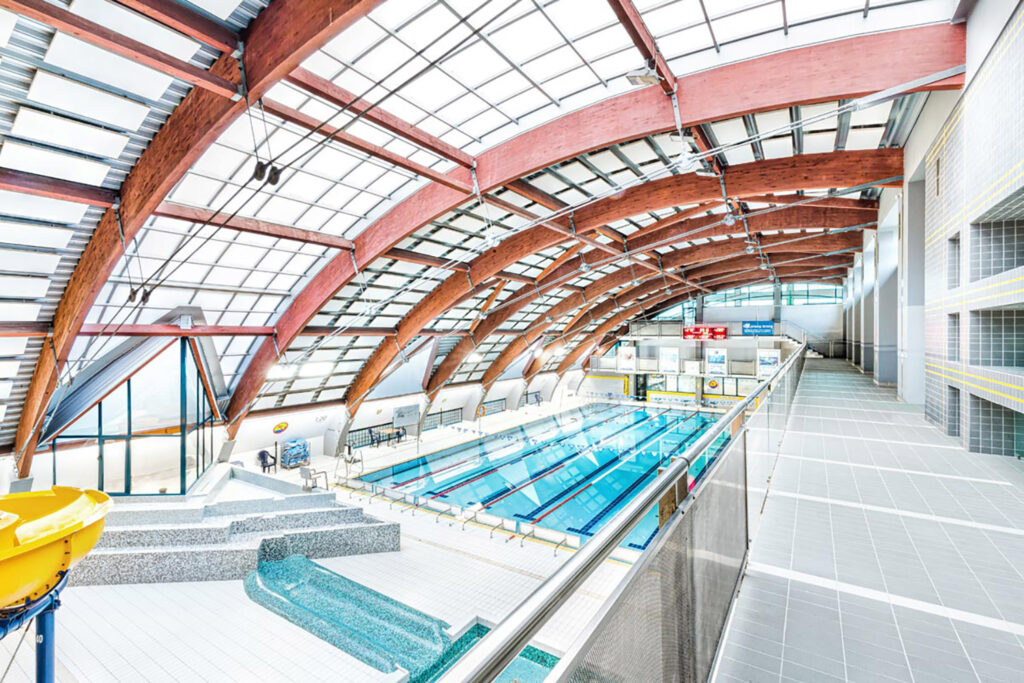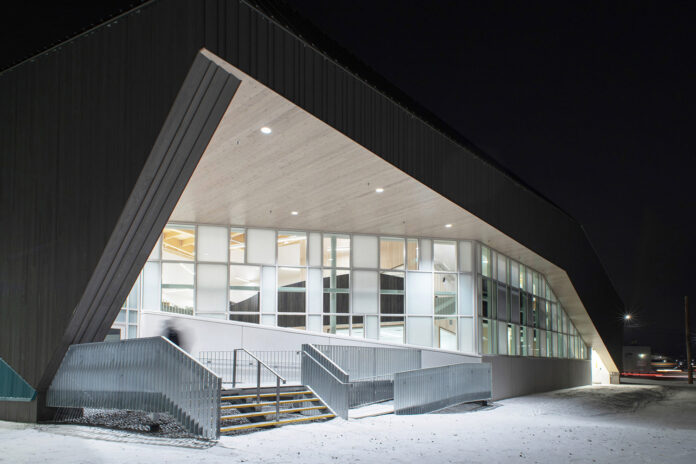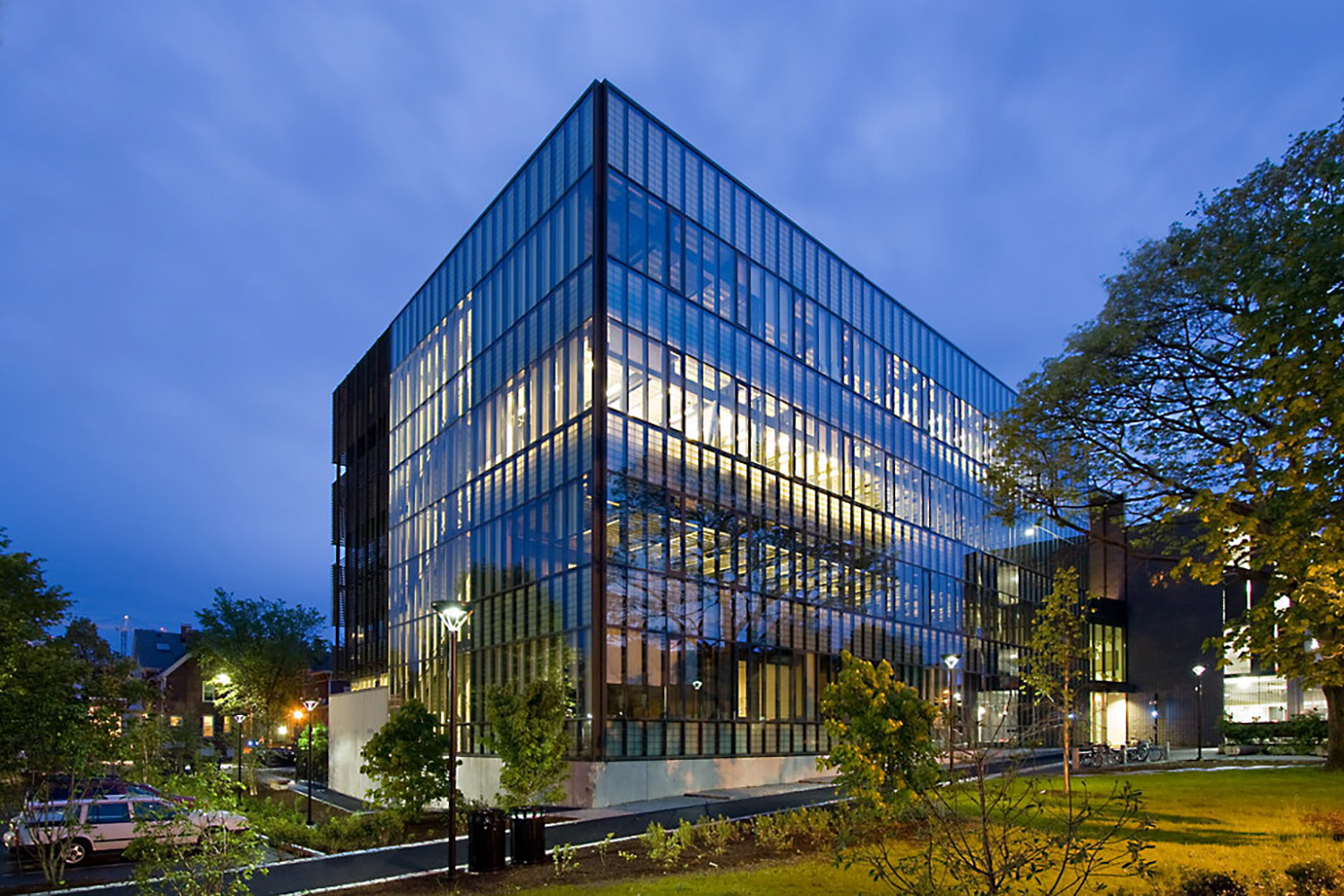Buildings are embracing aerogel-infused translucent panels to redefine their envelopes with cutting-edge innovation. These panels deliver outstanding thermal insulation—up to R8 per inch—while allowing high light transmission, making them ideal for energy-efficient design. Facade Today explores how this technology is reshaping the industry. By reducing heating energy use by up to 50% in winter and saving around 100 TWh annually in office buildings, these panels dramatically improve energy performance. Their uses span skylights, facades, and windows, blending functionality with aesthetic appeal. As research progresses, aerogel panels are poised to play a central role in sustainable architecture, offering multi-functional benefits like sound insulation, energy storage, and enhanced durability.
Thermal Superstars
How Aerogels Revolutionize Insulation
Aerogels are remarkable materials composed primarily of silica, although other materials like carbon, alumina, and polymers can also be used. Their structure is a highly porous, nanostructured lattice with up to 99.8% porosity, resulting in an extremely low density of 0.015 to 0.020 g/cm³.

Their most striking property is their exceptional thermal insulation capability. With a thermal conductivity ranging from 0.012 to 0.020 W/m·K, they outperform traditional insulating materials. This low thermal conductivity, combined with their high surface area (500 to 1000 m²/g), makes aerogels ideal for thermal insulation applications.
Material Innovation
Aerogel-infused translucent panels represent a significant advancement in building materials. These panels typically consist of aerogel embedded within a translucent polymer matrix or sandwiched between layers of polycarbonate or fiberglass. The result is a lightweight, highly insulating panel that also allows light transmission.
Compared to traditional insulating materials, aerogel-infused panels offer superior performance. For example, SLENTITE® panels provide an R-value of R8 per inch, making them the most insulating construction insulation board on the market. This means that a much thinner layer of aerogel insulation can provide the same thermal performance as a thicker layer of conventional insulation. Moreover, these panels offer additional benefits such as moisture management, fire resistance, and durability. Their open porous structure makes them particularly suitable for applications where humidity is a challenge, such as interior insulation in buildings.
The Clear Choice for Future-Ready Facades
Aerogel’s Role in Sustainable Building Practices
The contribution to building energy savings is substantial. Studies have shown that aerogel-based glazing can decrease heating energy use by up to 50% during winter. In office buildings, the integration of aerogel panels can potentially lead to energy savings of approximately 100 terawatt hours per year (TWh/y).
While comprehensive life cycle assessments are ongoing, the extended lifespan of aerogel panels (over 30 years) suggests a positive long-term environmental impact. However, current recyclability and end-of-life considerations remain challenges for the industry, requiring further research and development.
Design Flexibility and Aesthetics of Aerogel
Aerogel-infused panels offer remarkable light transmission properties. With visible-range light transmission of 97-99%, these panels outperform even clear glass. The high transparency combined with low haze (~1%) makes them ideal for various architectural applications.
Architectural applications of such panels are diverse and impressive. They have been successfully used in roof skylights, facades, and windows. The Kalwall system, for example, achieves excellent thermal performance while allowing diffused daylight into interiors without glare.
Case studies demonstrate the versatility of these panels. In residential buildings, a thin layer of aerogel insulation reduced energy loss through walls by 13.3% on average. Commercial applications include high-efficiency windows, where aerogel is used in multi-pane systems to enhance insulation while maintaining natural light.
The combination of superior thermal insulation and high light transmission makes aerogel-infused translucent panels an attractive option for architects and engineers seeking to balance energy efficiency with aesthetic design. As research continues and manufacturing processes improve, these innovative materials are poised to play an increasingly important role in sustainable building design.
Engineering Excellence
The Structural Performance of Aerogel-Infused Panels
Aerogel-infused panels demonstrate impressive load-bearing capabilities. For example, glass bricks filled with silica aerogel granules can achieve compressive strengths of nearly 45 MPa while maintaining excellent insulation properties. This combination of strength and insulation allows for the construction of load-bearing façade elements that also permit daylight entry.
The durability and longevity of aerogel-infused panels are enhanced by their resistance to environmental factors. Polyimide aerogels, for instance, can withstand temperatures up to 400°C in continuous use, offering excellent thermal stability.
Aerogel smart Integration
Aerogel-infused panels show potential for sensor embedding, although specific applications are still in development. The high porosity and small pore diameter of aerogels make them suitable for integrating various types of sensors.
These panels can be compatible with building management systems, potentially allowing for real-time monitoring of thermal performance and energy efficiency. However, further research is needed to fully realize the integration of aerogel panels with smart building technologies.
The Next Chapter
Smart Facade Solutions Merging Functionality with Sustainability
Recyclability and end-of-life considerations for aerogel-infused translucent panels are becoming increasingly important. Recent research has demonstrated the potential for recycling aerogels through an innovative aerogel-to-sol-to-aerogel (ASA) process. This method allows for their decomposition and reconstitution, potentially enabling the recycling of damaged or waste aerogel panels into new products with similar properties.
Ongoing research in aerogel technology is focused on optimizing production processes and expanding material capabilities. Scientists are exploring ways to reduce manufacturing costs and improve the scalability of aerogel production. Additionally, research is being conducted on incorporating various nanomaterials into aerogels to enhance their properties and functionality. The potential for multi-functional facade elements using this technology is significant. Researchers are developing aerogel-based materials that combine thermal insulation with other properties such as sound insulation, fire resistance, and even energy generation. For instance, the integration of phase-change materials (PCMs) into the panels can provide both insulation and energy storage capabilities. Furthermore, the combination of aerogels with photocatalytic coatings offers the potential for self-cleaning facade elements that also contribute to air purification.
Case study
Nunavut Arctic College Expansion – Nunatta Campus (2019)
Client: Government of Nunavut and Arctic College
Architects: Teeple Architects and Cibinel Architects The Nunatta Campus expansion in Iqaluit, Nunavut, exemplifies the innovative use of aerogel technology in extreme northern climates. Located at 63° North Latitude, the project features 152 aerogel-filled windows manufactured by Advanced Glazings, totaling 1,570 square feet with an impressive R18 rating. Achieving a 30% glazed facade, this design marks a significant shift from traditional buildings in the region, which typically had only 0.3% glazing. The combination of GlasCurtain R7+ Therm fibreglass framing, high-performance triple glazing, and Solera Daylighting Units allows for increased daylighting without compromising thermal performance. The striking facade contrasts translucency with darker Western Red Cedar cladding, while the interior benefits from a spacious feel, even on the darkest winter days, showcasing how aerogel enhances both aesthetics and energy efficiency.
As the Editor of FacadeToday.com, I merge my passion for Design, Architecture and Technologies with three decade of experience collaborating with entrepreneurs across many industries. My career has centered on fostering innovation, scaling business opportunities, and bridging gaps between technical experts, business developers, and creative visionaries. I thrive at the intersection of sustainable solutions, material advancements, and smart technologies, curating insights on themes like energy-efficient facades, smart tech, and advanced manufacturing. With a commitment to lifelong learning, I aim to empower architects and facade engineers by translating innovations into actionable knowledge, driving the industry forward through purposeful connectivity and cutting-edge practices.





